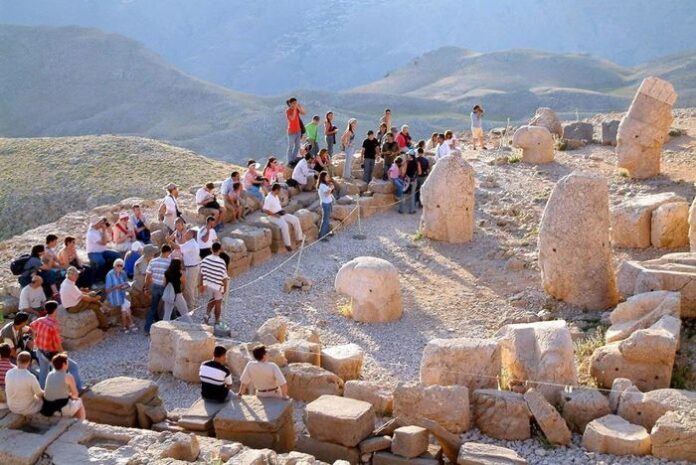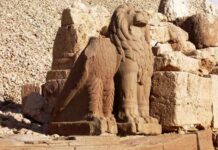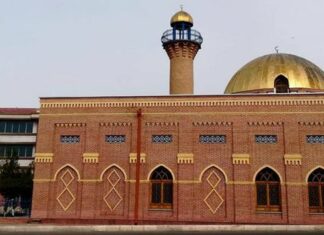Background of the Dispute
In the early 1900s, a serious controversy erupted in Athens over the translation of the Bible into modern Greek. Many scholars and students considered the translations a desecration of the Holy Scriptures and the words of Jesus. At first, the matter was largely overlooked, as the excitement about other national and political events distracted attention from it.
However, the issue came to the forefront last spring when students of the University of Athens began organizing agitations and public meetings. Inflammatory speeches were delivered, condemning the use of modern Greek in the sacred texts. The students insisted that only classical Greek could properly convey the religious and cultural significance of the Bible Language Controversy in Greece.
The Agitation Escalates
The police attempted to suppress the protests, but their harsh measures only fueled the anger of the demonstrators. Tensions rose quickly, culminating in a mass meeting at the ruins of the Temple of Jupiter, near the Acropolis and the palace park. This area was a traditional gathering place for public demonstrations, similar to Hyde Park in London, where orators and activists express their views freely.
The site of the protest added dramatic weight to the demonstration. The Olympieion, as Aristotle once called it, is a “work of despotic grandeur.” Originally, the temple had more than one hundred massive columns of Pentelic marble, each fifty-six feet high and over five feet in diameter. The temple measured three hundred and fifty-three feet in length and one hundred and thirty-four feet in width, making it the second largest Greek temple ever built, after the Temple of Diana at Ephesus. Over the centuries, many columns were removed, destroyed, or repurposed, and today only sixteen remain, some of which were used to support domes of mosques in Constantinople.
The Mass Meeting
The student-led meeting drew a very large crowd, many attending purely out of curiosity. To make their objections clear, the students burned several copies of the translated Gospels over a slow fire in a theatrical and symbolic display. The act was meant to show the seriousness of their opposition to the modern translations Turkey Customized Sightseeing.
As the police attempted to break up the crowd, chaos ensued. Stones were thrown, shots were fired, and the enraged populace resisted the authorities, forcing some officers off the grounds and treating others harshly. The protest highlighted the intense feelings of Athenians about language, religion, and cultural tradition, and demonstrated that issues of Greek identity were deeply intertwined with both education and faith.
Cultural Significance
This event was not just a religious dispute—it reflected the ongoing struggle between tradition and modernity in Greece. Scholars, students, and citizens were all deeply invested in preserving the classical heritage, while others recognized the need for practical language reforms. The incident at the Temple of Jupiter remains a striking example of how cultural pride can lead to public demonstrations and even unrest.








